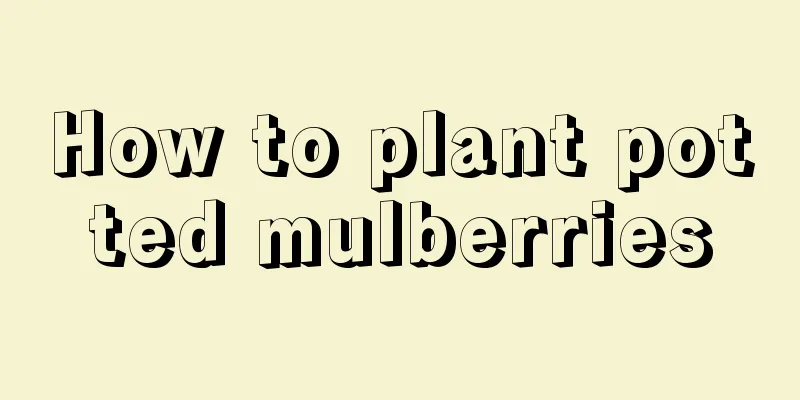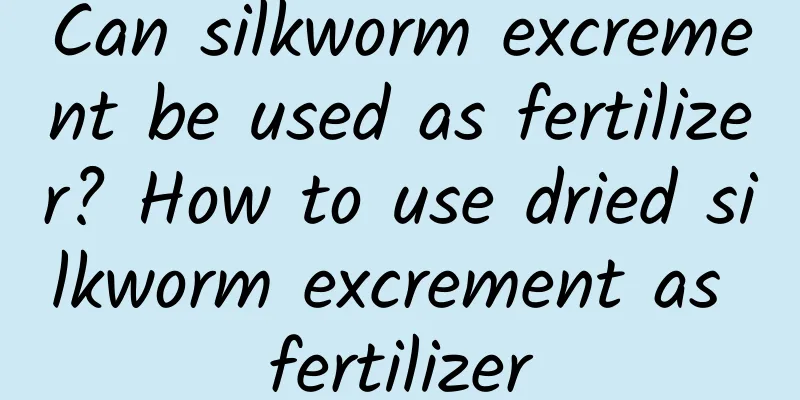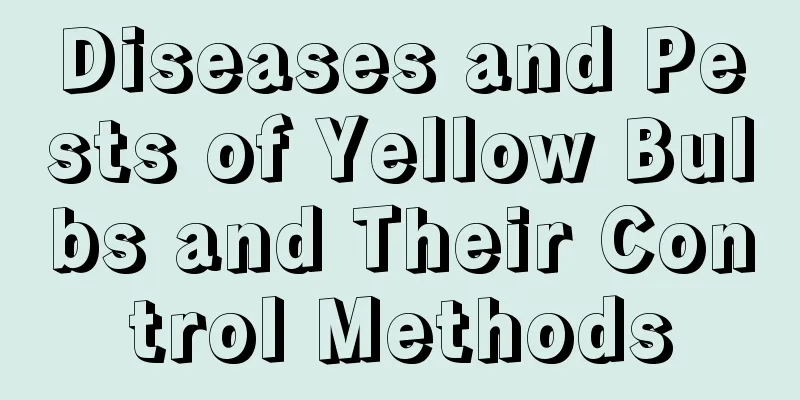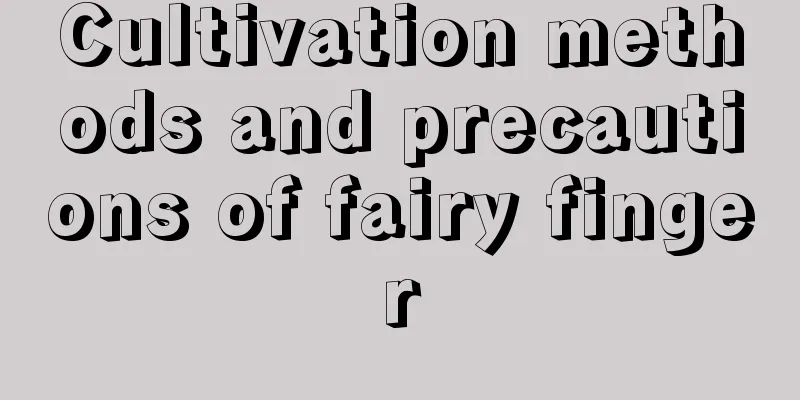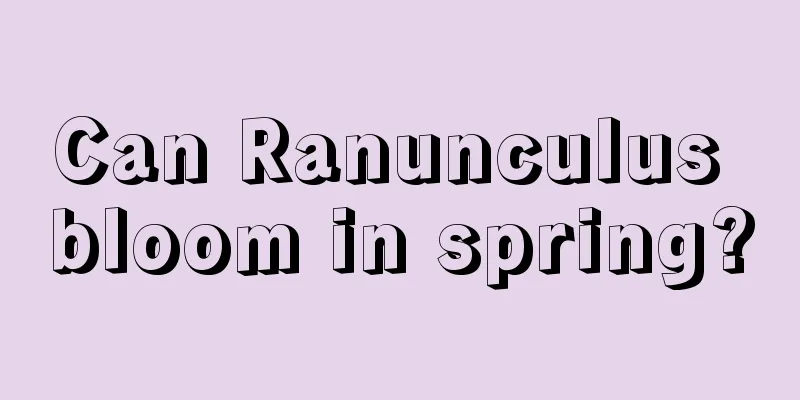Common diseases and pests of African violets and their control
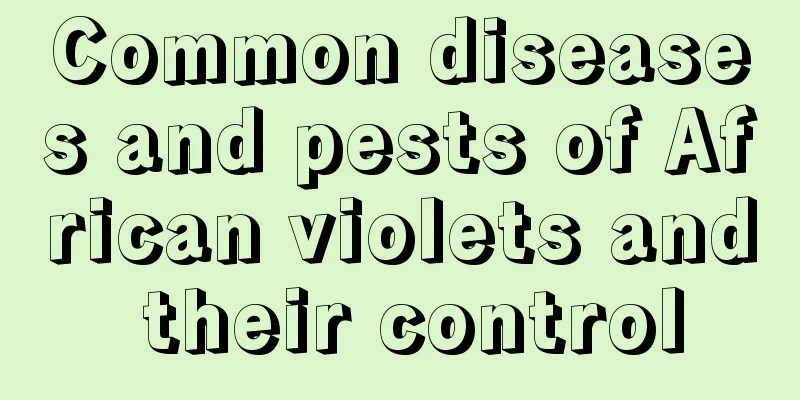
Common diseases of African violets and their prevention and treatmentRoot-knot nematode diseaseThis is a root disease caused by root-knot nematodes. The symptoms are the formation of nodular root nodes of varying sizes on the fibrous roots and lateral roots. The color of the root nodes is milky white at first, and then turns light brown. When the root nodes are cut open, tiny milky white nematodes will be found inside. The disease will cause the plant to be short and poorly developed. Specific prevention and control methods are as follows: You can use 5% chlorpyrifos, the dosage of which is generally 0.1% of the soil weight; or you can use 10% propamidophos, the dosage of which can be referred to the size of the flower pot, such as 0.5 grams is generally applied to a 6 cm flower pot. Both agents can be used during the growth period of African violets, but the best effect is achieved before planting. Sclerotium rolfsiiThe disease mainly harms the stem base and roots of African violets. Initially, some water-soaked yellow-brown spots will appear at the base of the plant close to the soil, which will quickly expand and invade the roots. In severe cases, the affected areas will rot and the entire plant will die. To prevent and control white rot, fungicides such as carbendazim, Bordeaux mixture, and Baume lime sulfur can be sprayed on the base of the plant stems and the substrate. Leaf spotThe disease mainly damages the lower leaves of African violets. In the early stages of leaf spot disease, small necrotic spots will appear on the leaves, and then the spots will expand rapidly, and the diameter of the spots may reach more than 5 cm. Specific prevention and control methods are as follows: In the early stage of the disease, generally spray fungicides such as carbendazim, thiophanate-methyl, thiophanate-methyl, and benomyl for prevention and control every 7-10 days, and spray 2-3 times in a row. DiseaseThe disease first manifests itself on the leaves, with water-soaked brown spots and obvious ring patterns. Under humid conditions, the lesions expand rapidly, with unclear edges, and sparse white mold will appear. Under dry conditions, the lesions stop expanding and the diseased tissue dries up. For the prevention and control of the disease, you can spray metalaxyl, ethylene phosphine aluminum, chlorpyrifos and alum and other agents for prevention and control. Common Pests of African Violaceae and Their ControlThe main pests of African violets are scale insects and red spiders, which often occur during the growth period of the plant. You can spray 40% omethoate emulsifiable concentrate 1000 to prevent and control the pests. |
<<: Diseases and Pests of Magnolia grandiflora and Their Control
>>: Common diseases and pests of sedge and their control methods
Recommend
Pests of Bauhinia and their control methods
Pests of Bauhinia: Big Moth symptom The adult mot...
Does Mimosa like the sun?
Mimosa pudica loves the sun Mimosa likes the sun....
What kind of tree is the black cypress tree, and what are its effects and functions?
1. What kind of tree is it? The black cypress tre...
The difference between Bauhinia and Bauhinia
1. Leaf Difference The leaves of Bauhinia are lea...
The Flower Language and Legend of Willow
The Flower Language of Willow The pronunciation o...
Best time to apply zinc fertilizer to corn
The growth and development of crops not only depe...
How to grow the hydroponic Chinese Fortune Plant
1. Hydroponic conditions 1. Amount of water: Usua...
Eight flower arranging skills that flower arrangers must learn
Flower Arrangement In short, flower arrangement r...
Environmental conditions and characteristics of Wogan growing environment
Environmental conditions and requirements for the...
The flowers of Kalanchoe are scattered and not thriving, but if you feed them an "egg yolk", the flowers will bloom unstoppably!
Autumn is here, and the flowers have endured a ho...
Is blue snow flower easy to raise?
The blue snow flower plant is very easy to grow. ...
What fertilizer is best for Bletilla striata
Fertilization time of Bletilla striata Bletilla s...
How to grow four-season roses
Four Seasons Rose Growing Conditions Four-season ...
Can orange peels be used to grow flowers in pots? (The benefits of using orange peels as fertilizer for growing flowers)
How to use orange peels to grow flowers The lefto...
What to do if the leaves of forget-me-not turn yellow
1. Causes of yellowing 1. Heavy soil: Forget-me-n...
